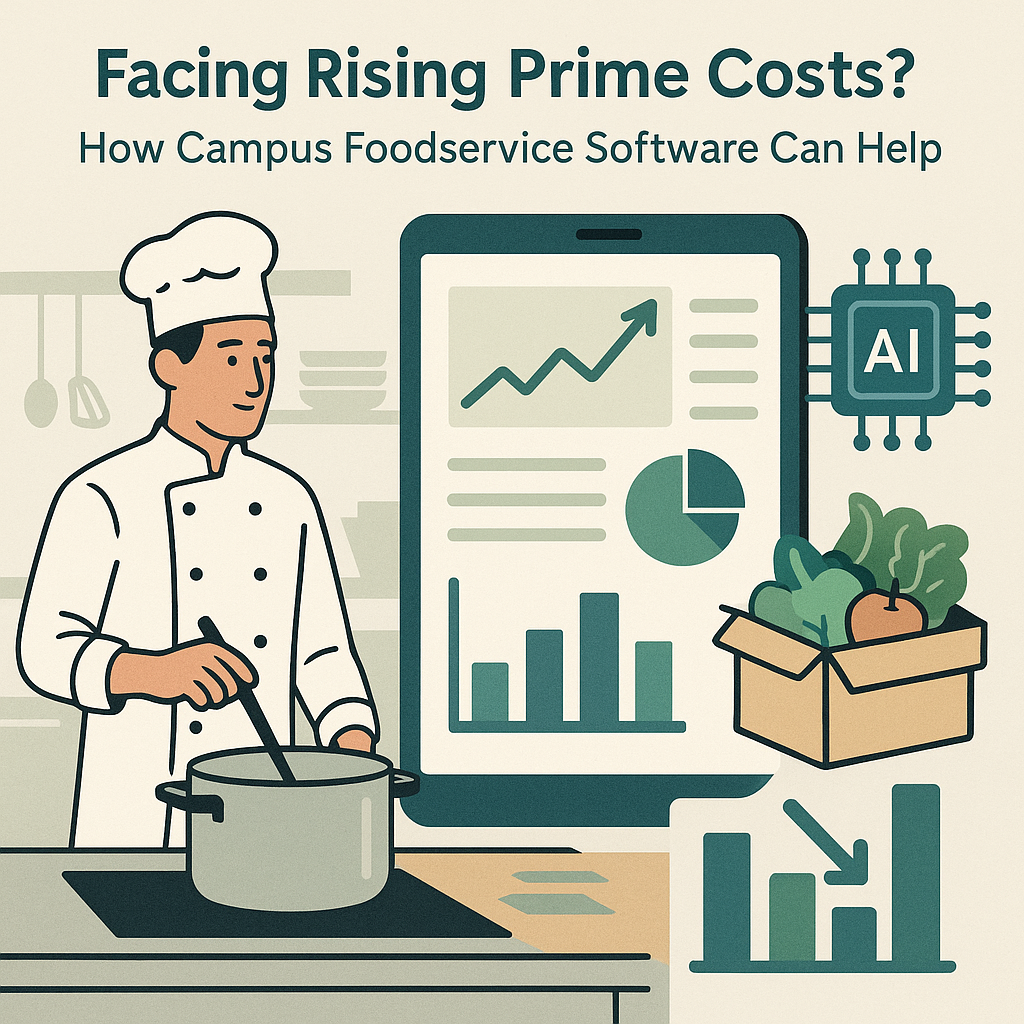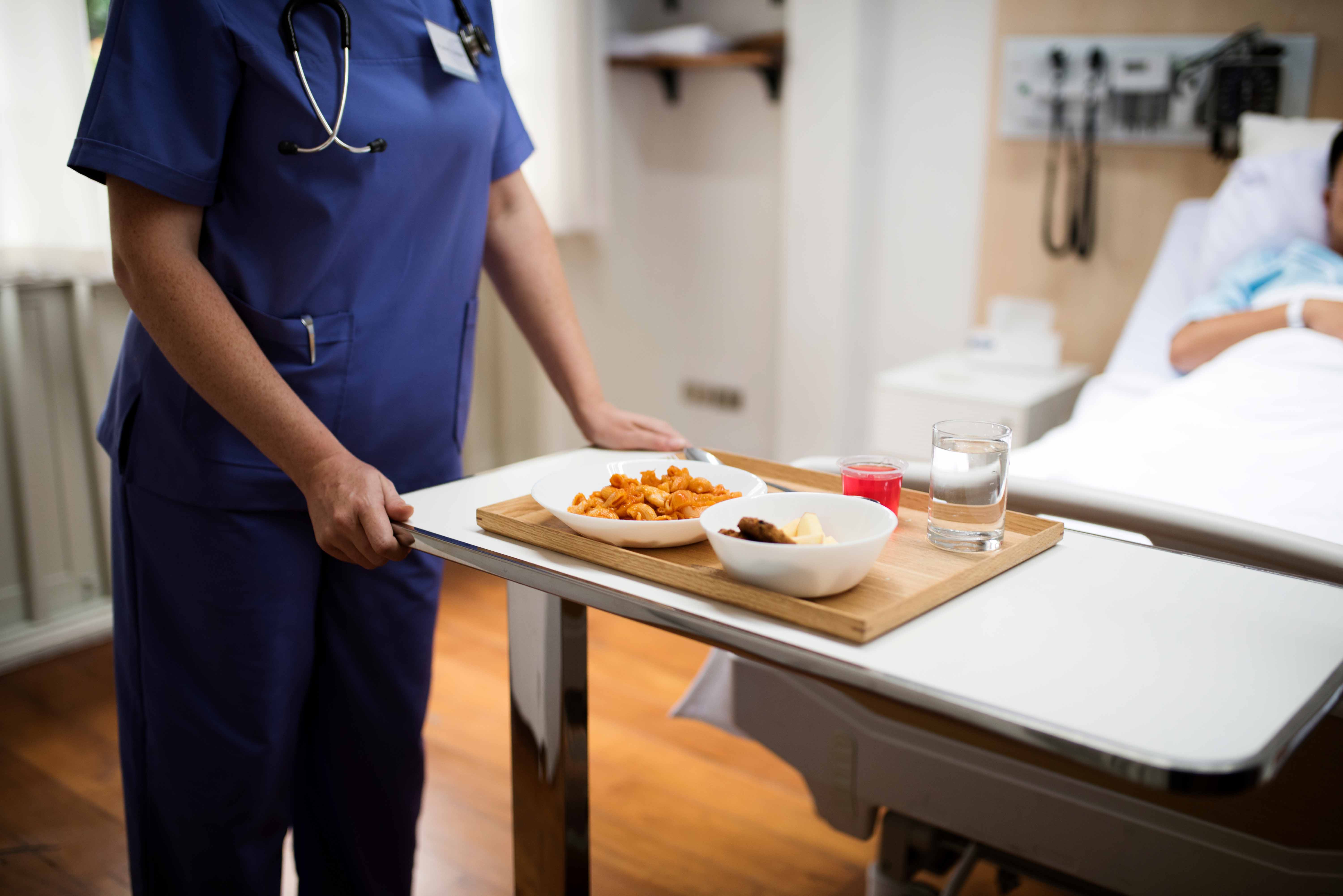
Facing Rising Prime Costs? How Smarter Kitchen Management Can Help
With food prices climbing and labor markets tightening, operators need more than traditional cost-cutting—they need campus foodservice software that makes teams work smarter, not harder. Here's what's driving prime costs up—and how modern foodservice management software can help you turn the tide.

In today's foodservice landscape, rising prime costs are squeezing margins across college dining halls, hospital kitchens, and corporate cafeterias. With food prices climbing and labor markets tightening, operators need more than traditional cost-cutting—they need campus foodservice software that makes teams work smarter, not harder.
Here's what's driving prime costs up—and how modern foodservice management software can help you turn the tide.
Why Prime Costs Keep Climbing in Campus Operations
Prime costs (food + labor) account for 60-70% of campus dining expenses. In 2025, several factors are pushing costs higher:
- Food inflation driven by climate disruptions and supply chain volatility1
- Labor shortages increasing wage pressure and overtime costs
- Inefficient operations due to poor visibility into production and waste
The traditional fixes—cutting hours or renegotiating contracts—aren't enough. Campus foodservice software provides the data-driven approach modern operations need.
How Foodservice Management Software Controls Costs
Today's campus dining operations need food production management software that delivers real-time insights and automation:
1. Optimize Production with Demand Forecasting
- Predict meal counts using historical data and campus events
- Right-size batch production to reduce overprep
- Adjust recipes automatically based on actual demand patterns
Campuses like Vanderbilt University and App State have seen menu item reductions >60% with tools like Topanga.
2. Automate Labor-Intensive Tasks
- Eliminate manual waste logging with AI-powered tracking
- Streamline inventory management with real-time dashboards
- Reduce administrative work through automated reporting
First-party time study data from one foodservice healthcare site saved 330 hours annually by automating post-production processes.
3. Strengthen Inventory Control
- Monitor stock levels and expiration dates in real-time
- Improve FIFO compliance with visual alerts
- Reduce spoilage through predictive inventory management
Campus dining operations using foodservice management software see up to 15% reductions in inventory loss year-over-year, according to ReFed.2
Campus Case Study: StreamLine Implementation
At Vanderbilt University, StreamLine implementation across 8 dining locations delivered:
- 70% reduction in food waste of core menu items within six months
- $118,000 projected annual savings in food costs
- 155%+ team compliance with data entry vs. previous tools
"We’ve all been able to save so much time – I have used everything from paper waste logs, to now AI-assisted waste tracking, and I can’t imagine going back to our way of working before StreamLine" said Grayson, Executive Chef.
Final Takeaway
Rising prime costs are inevitable, but inefficient operations aren't. Campus foodservice software and modern food production management software turn cost pressure into competitive advantage.
Teams investing in data-driven tools are reducing waste, optimizing labor, and improving margins—while their competitors are still cutting corners.
Ready to see how StreamLine fits your campus dining operation? Book a food waste consultation with our team here.
.svg)


